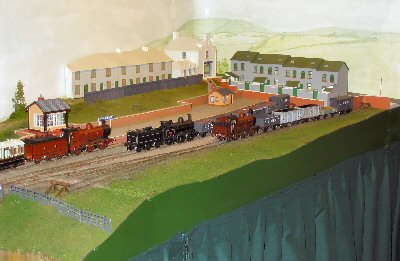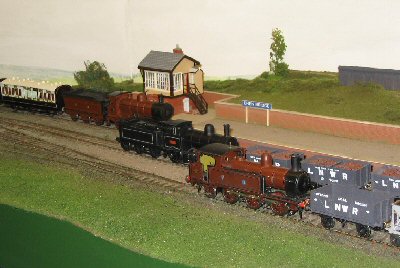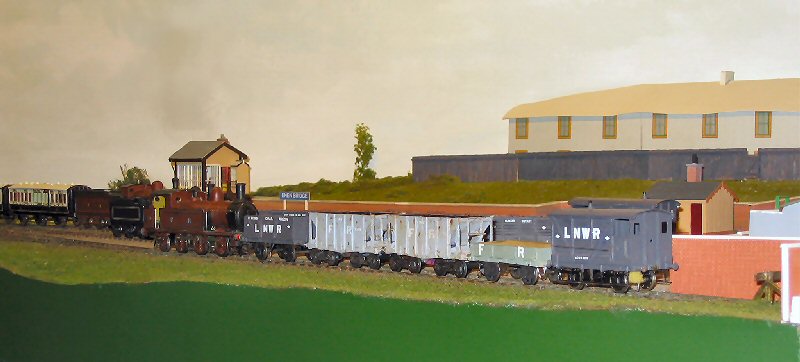The story
of Ehen Bridge starts with the formation of the Whitehaven, Cleator
and Egremont Railway, a line specifically constructed to transport ore
from the Cleator ore district to the blast furnaces at Workington and
Whitehaven. Retaining its independence until 1878, it was taken over
as a joint line by the London & North Western and Furness Railways.
|
The Ehen
Valley branch was built to serve a number of mines. Set in the period
around 1910, Ehen Bridge is an extension of this branch and whilst it
was not actually built, it possibly could have been. The major traffic
on the line is ore from Lindow's No. 6 mine, but local freight and workmen's
trains are, an important part of the day-to-day operation.
|




